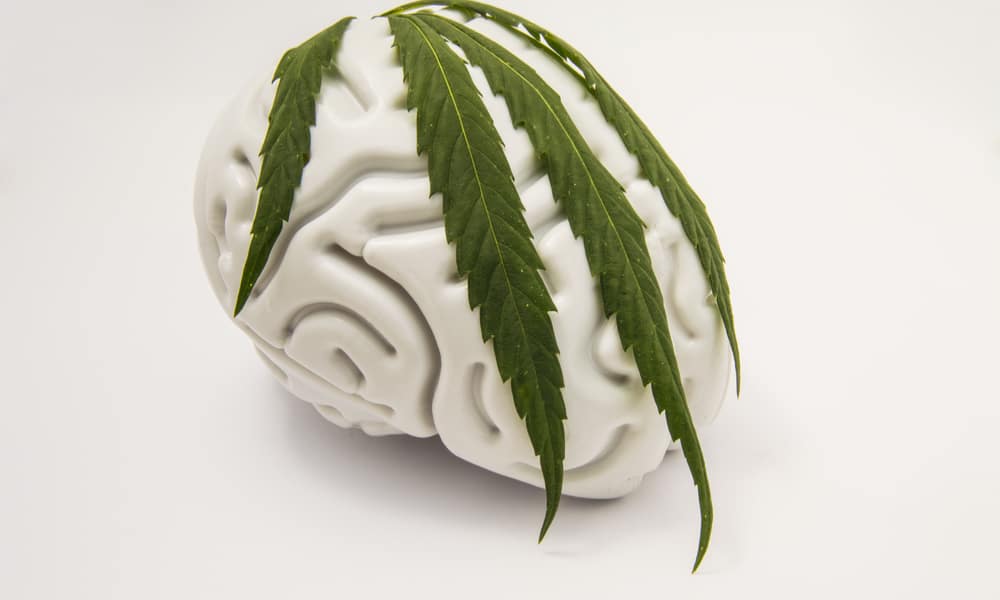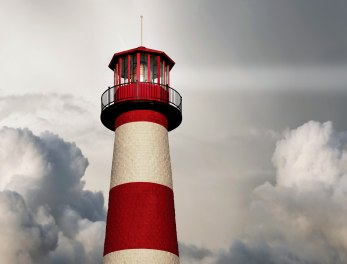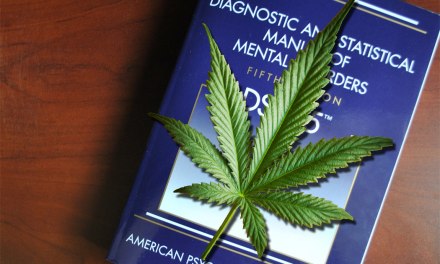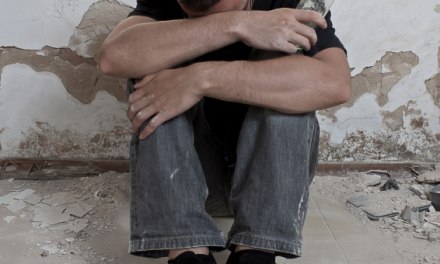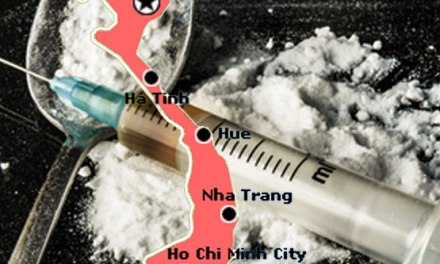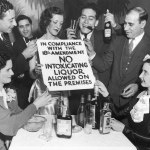A new study found marijuana legalization leads to more problematic use
These findings are from a study that pulled data from nationwide surveys to analyze trends in the first four states where recreational cannabis had been legalized (Colorado and Washington beginning 2014, Oregon 2015, and Alaska 2016). The idea was to examine whether there had been any significant changes in use patterns and problems associated with cannabis, following implementation of the new law.
Conclusion:
“Although occasional marijuana use is not associated with substantial problems, long-term, heavy use is linked to psychological and physical health concerns, lower educational attainment, decline in social class, unemployment, and motor vehicle crashes.”
So that’s what we’ve seen with alcohol. Occasional use is not the problem. Trouble increases dramatically, however, with heavier use.
Researchers divided subjects by key characteristics– had used in past 30 days; had used 20+ days in past month; met criteria for Cannabis Use Disorder (CUD) in past year– and also by age cohort: 12 to 17, 18 to 25, 26 and up.
They found that:
- Legalization led to increased use, frequency of use, and CUDs among the 26+ adults– compared to other states where recreational use wasn’t legal.
- Slight increase in use among the 12-17 group, but perhaps not enough to attribute to legalization alone.
- No significant change post-legalization among the 18-25 year olds.
Of course, age restrictions remain in place after cannabis is legalized, so use and purchase of marijuana and THC products remains outside the law for adolescents. That might explain the lack of change among 12-17 year olds. Adults, on the other hand, are free of such restrictions, and it’s entirely logical that their use should increase, along with number of daily or near-daily users.
With that should come problems. I’d have been surprised if they hadn’t.
The researchers had some thoughts about the results for 18-25 year olds. From the article:
“This is the age where people take risks. …People don’t have a lot of responsibilities. They don’t yet have a family or a stable job. So perhaps at this age, legal limits don’t matter so much — particularly for a drug like marijuana, which is more socially accepted.”
In other words, they’re already using marijuana recreationally, regardless of the law. Many in that age group are college or grad students, and pot smoking has long been accepted as a social activity. I’d compare it to underage drinking (sure, it’s illegal, ha-ha).
Maybe you’d buy your drugs from a cannabis store instead of that kid in the dorm.
By the way, the term “recreational use” rankles many in the addictions field. It’s intended simply to differentiate medical from non-medical cannabis use, but has the effect of placing drugs squarely in a category with dominos and Frisbee tournaments.
Now, studies using survey data are subject to the limitations inherent in relying on self-report. They do provide valuable indicators of trends to come. Based on this, I’d predict a couple of things are in store for treatment professionals.
- There’ll be more adults who arrive in treatment with significant CUDs and heavy daily use patterns. This could be alone or in concert with other substance disorders and mental health problems– and complicate treatment of both.
- And there’ll be more patients determined to continue using cannabis while attempting to stop using heroin or alcohol or meth or whatever other drugs they identify as “the real problem.”
It’s analogous to the drinker who insists he never had a problem with beer, it’s just that darn vodka he needs to avoid.

